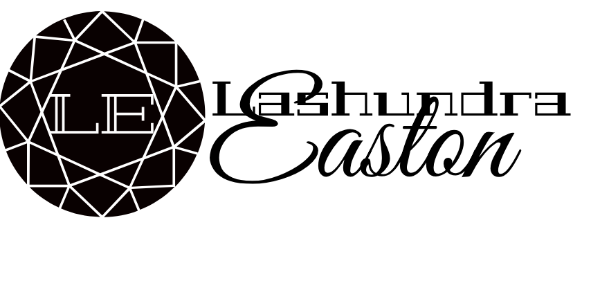Hair By: Shun Extension beads and sewn-in wefts are two different things in the world of hair weaving. Each one involves a different weaving technique, type of extension hair and tools. If you don’t have a clue what these differences are, you’re going to have a bit of trouble deciding between the two. That means before you can join the ranks of weave-wearing women, you have some learning to do. Understanding how sewn-in wefts differ from extension beads will help you pick the right way to get the gorgeous look that you want. Types of Hair Segments of human or synthetic hair sewn onto a woven band are called weft hair. This type of extension hair is what your hair stylist (or you) will use to create sewn-in weft weaves. It comes in various lengths, colors and textures. When using bead extensions, bulk hair is the type of hair that’s used. Bulk hair is not attached to a weft. It is loose hair sold in packages that can be separated for strand-by-strand hair weaving, such as in

Lashundra Easton is a well respected makeup artist, who is best known for her unique use of color, great attention to detail and her ability to enhance the natural beauty of her clients. She is the artist of choice for everything from soft and delicate bridal makeup, to bold creative ,editorial and fantasy makeup. She is a great Makeup Artist of choice in the Memphis area.